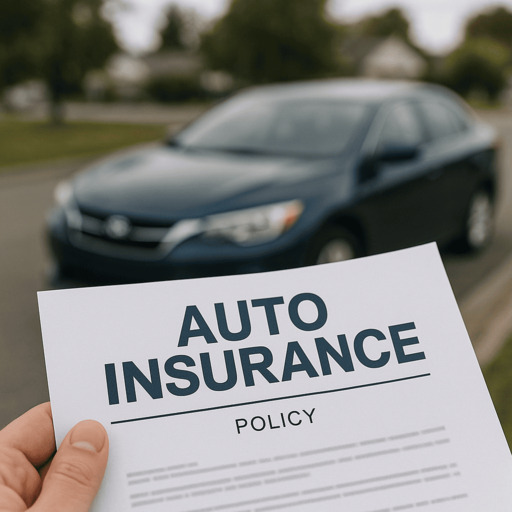Your Guide to Understanding Auto Insurance Coverage Types
Auto insurance coverage can seem complicated, but a little clarity goes a long way. After comparing dozens of policies for friends and family in various states, I’ve found that the biggest savings—and the best peace of mind—always come from understanding each coverage type, not just picking the cheapest option. Whether you’re a first-time buyer or simply updating your protection, knowing the basics can help you avoid common mistakes and unnecessary costs.
In this article, we’ll break down each major car insurance coverage and how it works. You’ll finish with the confidence to compare, customize, and choose a policy that actually fits your life.
Main Types of Car Insurance Coverage
There are several types of coverage available, and each plays a unique role in your protection. From liability to comprehensive coverage, knowing what’s included can help you avoid financial surprises in the event of an accident.
Compare Auto Insurance Coverage Options
Instantly compare coverage and rates—find your best match in minutes.

Liability Coverage: Meet Legal Requirements and Protect Others
Liability insurance is the foundation of every auto policy. It pays for injuries or property damage you cause to others in a crash. While it won’t fix your car, it keeps you financially protected if you’re at fault—and it’s mandatory in nearly every state.
State minimums can be surprisingly low, so review your limits. If you have savings or own a home, consider buying extra liability coverage for added peace of mind.
Collision and Comprehensive Coverage: Protect Your Own Vehicle
Collision coverage pays to repair or replace your car after an accident, no matter who caused it. Comprehensive coverage covers losses from theft, weather, fire, vandalism, and more.
Leasing or financing? These coverages are usually required. For older vehicles, weigh the cost versus your car’s value. Both cover high-dollar repairs that can otherwise derail your budget.
Medical Payments (MedPay) & Personal Injury Protection (PIP)
MedPay and PIP help pay for medical bills after an accident—regardless of who was at fault. PIP, required in some “no-fault” states, may even cover lost income, childcare, or funeral expenses.
MedPay is often optional, but it fills gaps your health plan might leave. Including one of these keeps recovery easier, especially if you regularly drive with family or friends.
Uninsured & Underinsured Motorist Coverage
What happens if the other driver isn’t insured? Uninsured/underinsured motorist (UM/UIM) coverage steps in if you’re hit by someone with little or no coverage. It can pay for your medical costs and sometimes your vehicle repairs.
This coverage is especially important in areas with a lot of uninsured drivers. Many drivers who’ve had to use it say it was the most valuable part of their policy.
Looking to save more? Check out our practical guide: How to Save on Car Insurance in 2025.
Build a Policy That Fits Your Life
Every driver’s needs are different. Your car, driving habits, location, and risk tolerance all matter. Tailor your auto insurance policy—not just to meet state laws, but to truly protect what matters most to you.
If you’re not sure where to start, use the ZIP quote form above for instant recommendations based on your location and vehicle.
Explore More: Digital Tools and Car Insurance
Ready to simplify everything from quotes to claims? See how today’s top digital platforms are making auto insurance easier than ever. Learn more in our guide to digital car insurance tools.
As more companies go digital, you’ll find even more ways to manage your coverage, compare rates, and update your policy without a single phone call.
FAQ: Auto Insurance Coverage Explained
What’s the difference between liability and full coverage?
Liability covers damage or injuries you cause to others. Full coverage adds protection for your own car via collision and comprehensive.
Do I need uninsured motorist coverage?
It’s strongly recommended if your state has a high number of uninsured drivers, or if you want added peace of mind.
How do I lower my premium without losing protection?
Shop around, raise deductibles if you can afford it, and review all discounts. For more ideas, visit our page on saving on car insurance.
